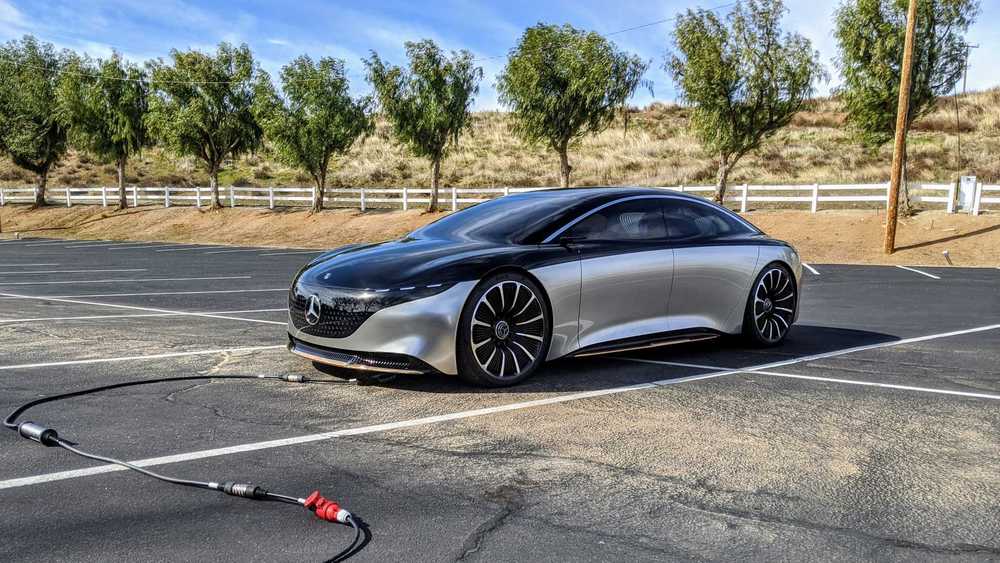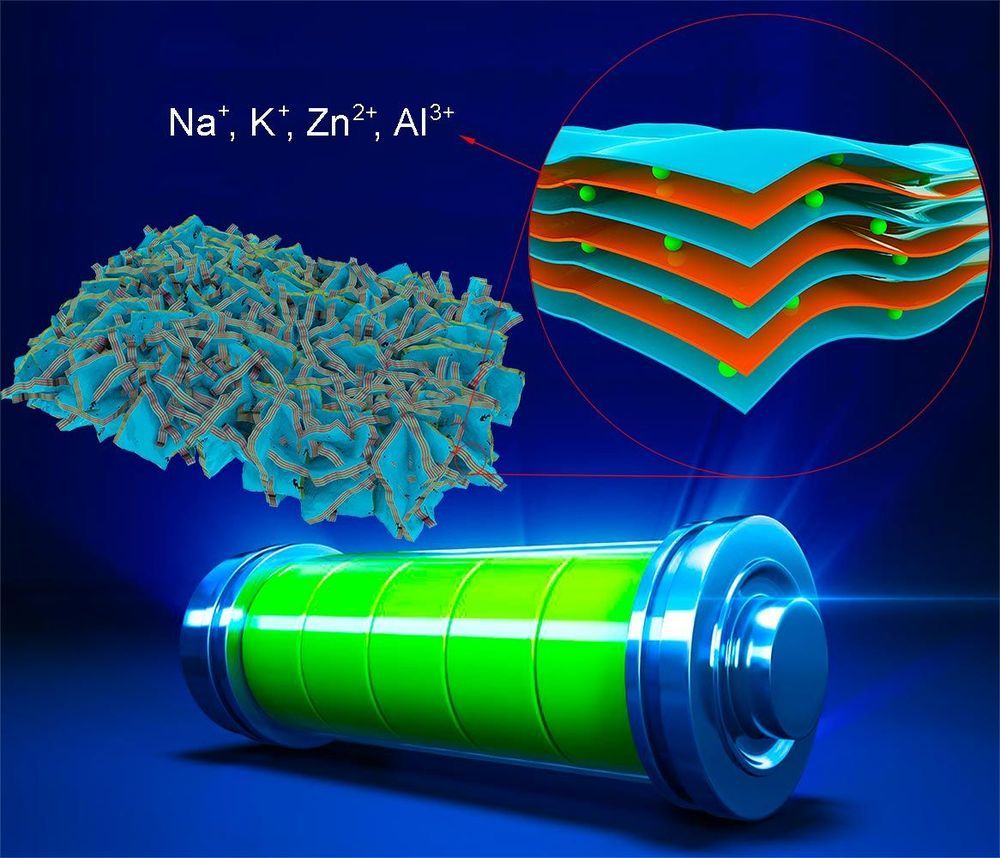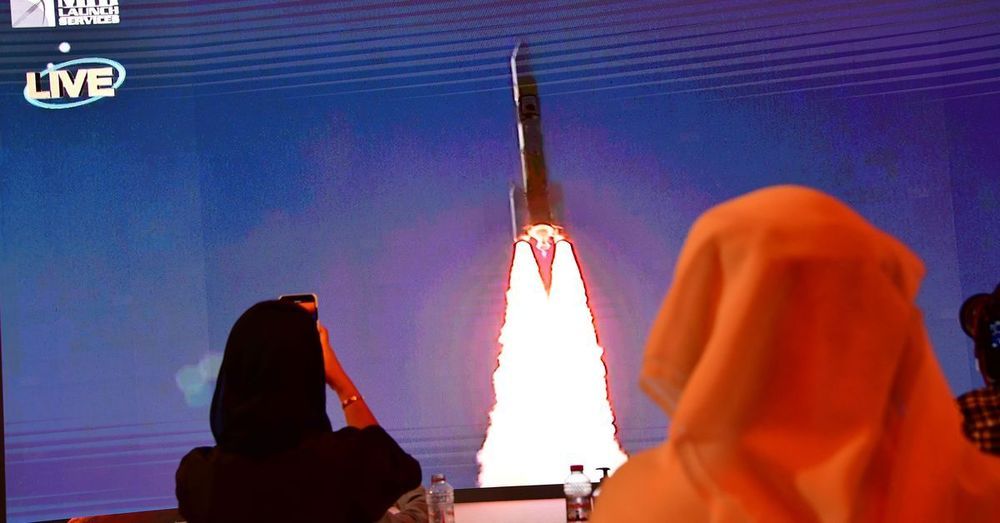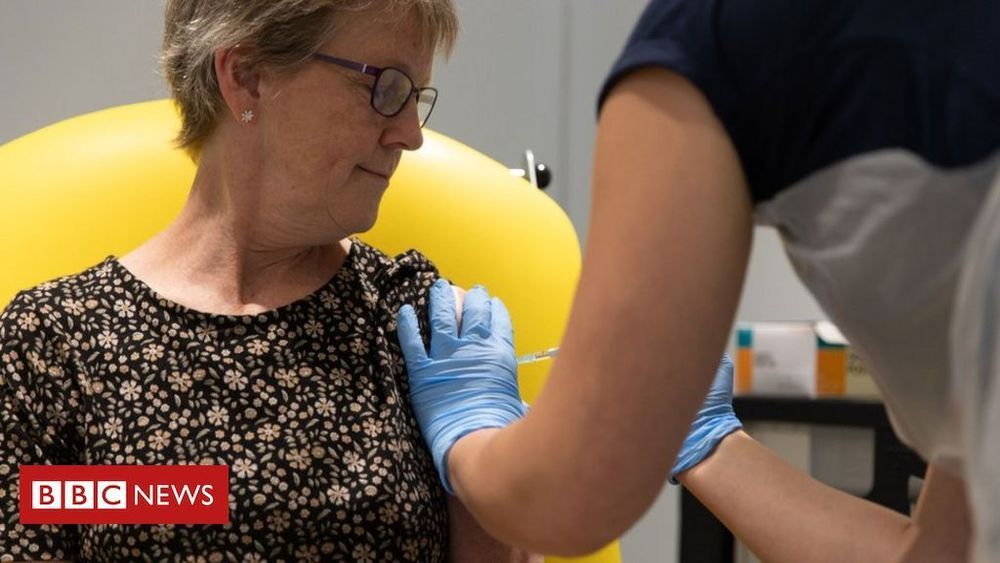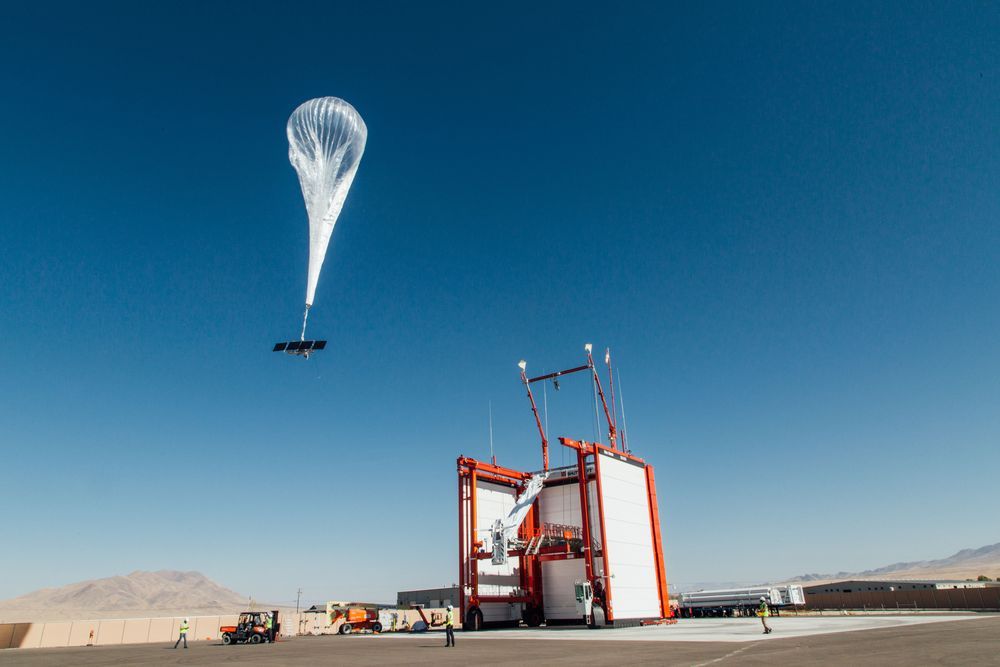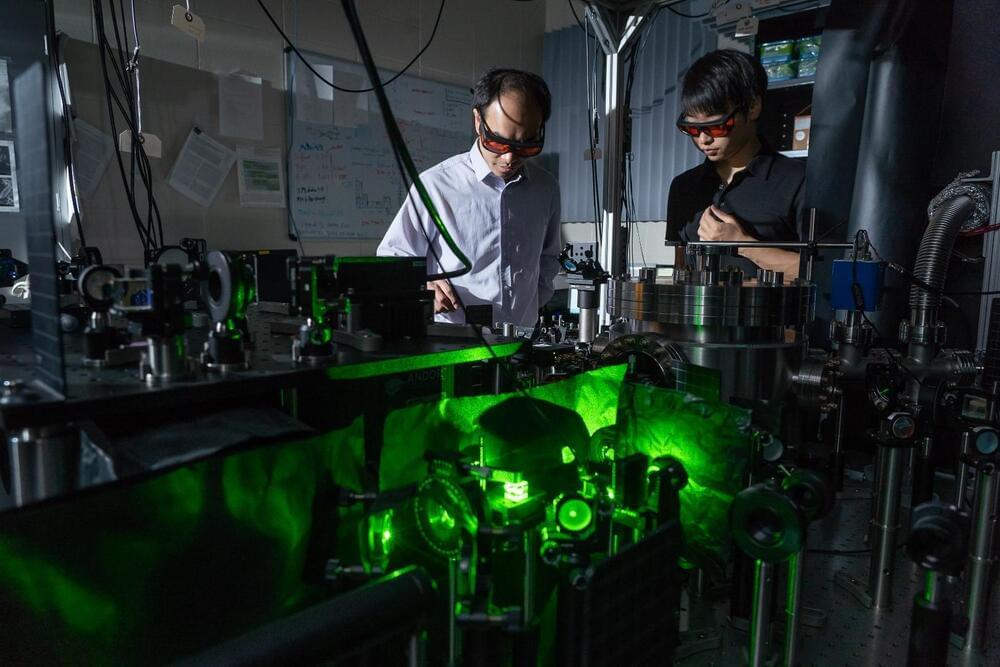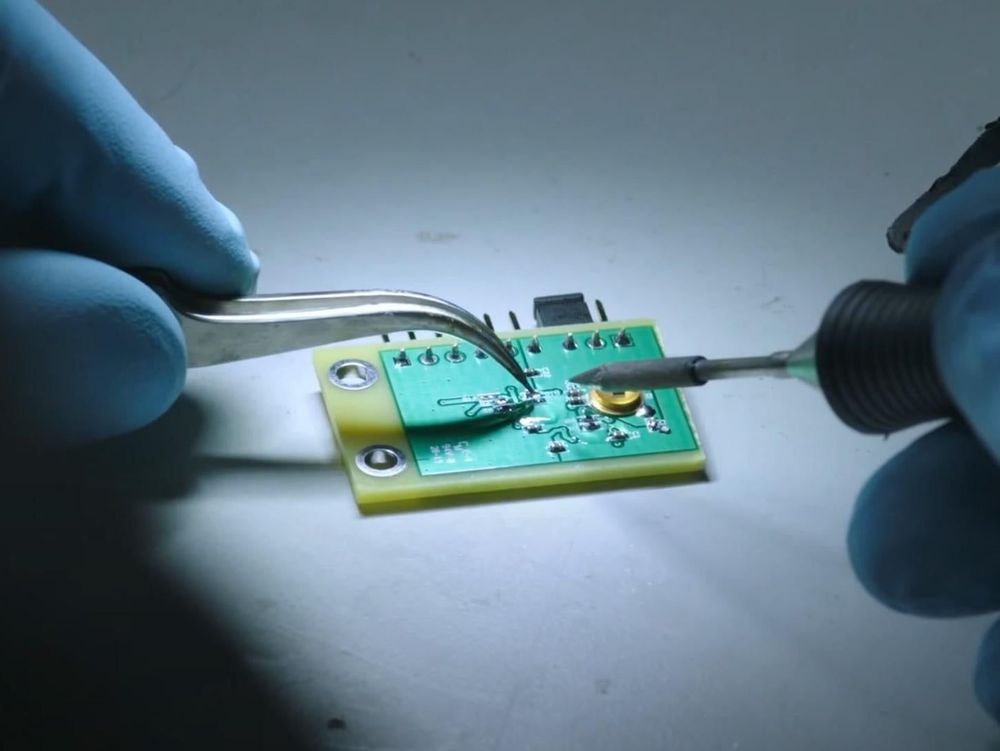Next year’s Mercedes EQS electric luxury sedan will be one of the longest range EVs on the market, the first real thorn in Tesla’s side.
HONG KONG (Reuters) — China launched its military build-up in the mid-1990s with a top priority: keep the United States at bay in any conflict by making the waters off the Chinese coast a death trap. Now, China’s People’s Liberation Army (PLA) is preparing to challenge American power further afield.
China’s shipyards have launched the PLA Navy’s first two Type 075 amphibious assault ships, which will form the spearhead of an expeditionary force to play a role similar to that of the U.S. Marine Corps. And like the Marines, the new force will be self-contained — able to deploy solo with all its supporting weapons to fight in distant conflicts or demonstrate Chinese military power.
New battery technology developed at Berkeley Lab could give flight to electric aircraft and supercharge safe, long-range electric cars.
In the pursuit of a rechargeable battery that can power electric vehicles (EVs) for hundreds of miles on a single charge, scientists have endeavored to replace the graphite anodes currently used in EV batteries with lithium metal anodes.
But while lithium metal extends an EV’s driving range by 30–50%, it also shortens the battery’s useful life due to lithium dendrites, tiny treelike defects that form on the lithium anode over the course of many charge and discharge cycles. What’s worse, dendrites short-circuit the cells in the battery if they make contact with the cathode.
The Rafale jets are 4++ generation aircraft and the Indian Air Force is exploring rapid deployment and operationalisation of the Rafale jets arriving in the country by end of this month from France.
Published.
New types of cathodes, suitable for advanced energy storage, can be developed using beyond-lithium ion batteries.
The rapid development of renewable energy resources has triggered tremendous demands in large-scale, cost-efficient and high-energy-density stationary energy storage systems.
Lithium ion batteries (LIBs) have many advantages but there are much more abundant metallic elements available such as sodium, potassium, zinc and aluminum.
The United Arab Emirates’ first interplanetary mission successfully took off from the southern tip of Japan on July 20th, sending up a car-sized probe bound for the planet Mars. The spacecraft, called Hope, will now spend the next seven months traveling through deep space, before inserting itself into Mars’ orbit in February.
Study shows the vaccine is safe, but it is still too soon to know if it can stop people from being infected.
Balloon-based internet is currently flying high in Kenya, a win the Alphabet subsidiary. Here’s what they’re planning next.
Circa 2018
Back in July 2018, researchers at Purdue University created the world’s fastest-spinning object, which whipped around at 60 billion rpm – and now that seems like the teacup ride at Disneyland. The same team has now broken its own record using the same technique, creating a new nano-scale rotor that spins five times faster.
Like the earlier version, the whirling object in question is a dumbbell-shaped silica nanoparticle suspended in a vacuum. When it’s set spinning, this new model hit the blistering speed of over 300 billion rpm. For comparison, dentist drills are known to get up to about 500,000 rpm, while the fastest pulsar – which is the speediest-spinning known natural object – turns at a leisurely 43,000 rpm.
Setting this record involves shining two lasers at the nanoparticle. One holds it in place, while the other starts it spinning. When the photons that make up light strike an object, they exert a tiny amount of force on it, known as radiation pressure. Normally this force is too weak to have any noticeable effect, but in a vacuum where there’s very little friction record speeds can be reached. That’s the case here, and it also applies to the concept of light sails, which could one day propel spacecraft at high speeds.
